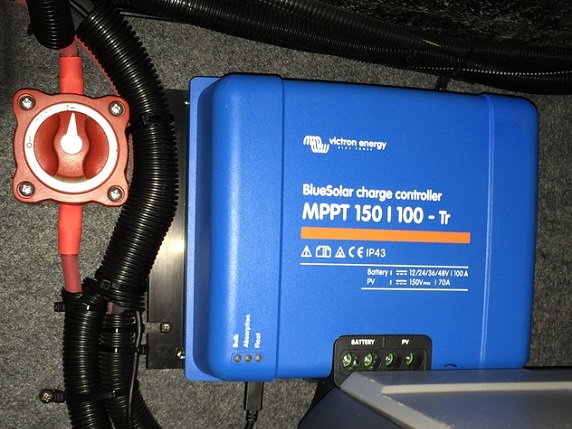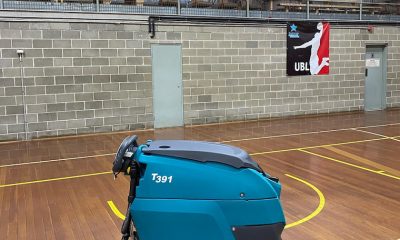Industrial Equipment
MTTP Vs. PWM Controllers: The Benefits and Uses of Both Types
One of the most crucial components of solar systems are the batteries. Without them, the excess energy gathered by the solar panels can’t be stored, and would go to waste. As a result, keeping the batteries properly maintained to ensure you get the most out of them when sunlight is not available is crucial. One way to do that is by investing in a quality solar charge controller.
Solar charge controllers are used to regulate the flow of the current from the solar panels to the batteries, thus preserving battery performance. That being said, investing in a quality victron solar controller is something you need to highly consider. There are two types of solar controllers – PWM and MPPT. Both types are widely utilised in off-grid solar systems and are great for efficiently and safely charging your battery. Which type you end up choosing will depend on your system’s design.

In order to understand the difference between the two types of controllers, you need to understand the power curve of PV panels first. This is important as it states the amount of power generation that’s expected of the panel, based on the voltage and current generated by it. The optimal ratio of current to voltage is known as the “Maximum Power Point” which is when the panels produce most power. Depending on the irradiation conditions, the MPPT changes dynamically throughout the entire day.
A MPPT victron solar controller features an indirect connection which includes a DC/DC voltage converter between the battery bank and the PV array. Excess PV voltage is converted into extra current at lower voltage without any loss of power. This is accomplished by taking advantage of an adaptive algorithm which follows the MPPT of the PV array and fine-tunes the incoming voltage, thus maintaining the most efficient amount of power for the solar system.
PWM solar controllers, on the other hand, allow as much current as the PV panels and arrays can generate so that they reach the appropriate target voltage the controller is on. Once the battery reaches that stage, the controller switches between connecting and disconnecting the battery bank to the panel array, thus regulating the battery’s voltage and holding it to a constant. This ensures your battery is always charged while protecting it from being overcharged.
MPPT solar controllers are considered the more advanced type, and are the preferred type by most people who use off-grid solar systems. Unless they have strong batteries that are designed for 3 or more days of autonomy, a PWM controller is probably the better solution.
Writing for the blog since 2012, Chris simply loves the idea of providing people with useful info on business, technology, vehicles, industry, sports and travel – all subjects of his interest. Even though he sounds like quite the butch, he’d watch a chick flick occasionally if it makes the wife happy, and he’s a fan of skincare routines though you’d never have him admit that unless you compliment his impeccable skin complexion.

























